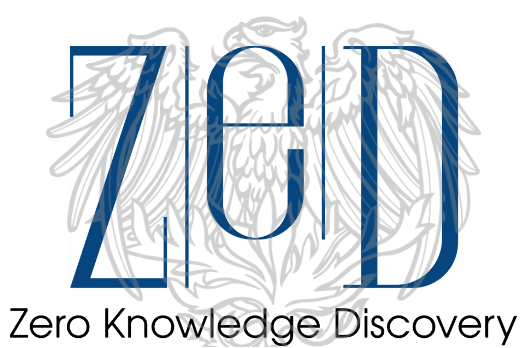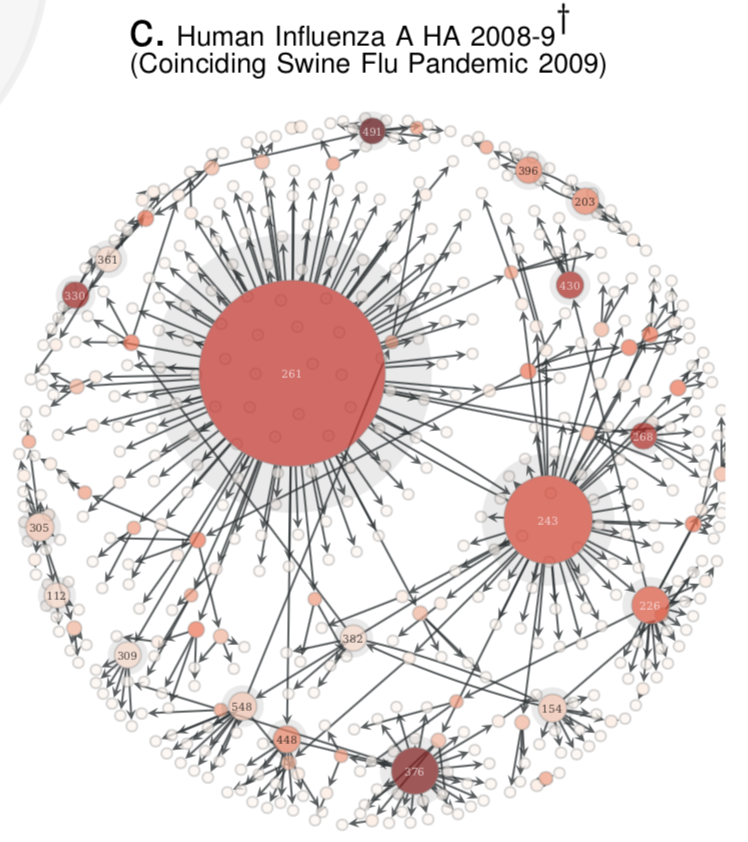
Security News
Fluent Assertions Faces Backlash After Abandoning Open Source Licensing
Fluent Assertions is facing backlash after dropping the Apache license for a commercial model, leaving users blindsided and questioning contributor rights.
Utitilies for constructing and manipulating models for non-local structural dependencies in genomic sequences

Infer non-local structural dependencies in genomic sequences. Genomic sequences are esentially compressed encodings of phenotypic information. This package provides a novel set of tools to extract long-range structural dependencies in genotypic data that define the phenotypic outcomes. The key capabilities implemented here are as follows:
| COVID-19 | INFLUENZA |
|---|---|
 |  |
Compute a structure-aware evolution-adaptive notion of distance between genomes, which is demonstrably more biologically relevant compared to the standard edit distance.
Draw samples in-silico that have a high probability of being biologically correct. For example, given a database of Influenza sequences, we can generate a new genomic sequence that has a high probability of being a valid influenza sequence.

To install with pip:
pip install quasinet
To fix error with Mac or Windows:
from quasinet.osfix import osfix
# for windows
osfix('win')
# for max x86_64 (macbook pro)
osfix('macx86')
# mac arm (macbook air)
osfix('macarm')
NOTE: If trying to reproduce the paper below, please use pip install quasinet==0.0.58
from quasinet import qnet
# initialize qnet
myqnet = qnet.Qnet()
# train the qnet
myqnet.fit(X)
# compute qdistance
qdist = qnet.qdistance(seq1, seq2, myqnet, myqnet)
Examples are located here.
For more documentation, see here.
For reference, please check out our paper:
You can reach the ZED lab at: zed.uchicago.edu
FAQs
Utitilies for constructing and manipulating models for non-local structural dependencies in genomic sequences
We found that quasinet demonstrated a healthy version release cadence and project activity because the last version was released less than a year ago. It has 3 open source maintainers collaborating on the project.
Did you know?

Socket for GitHub automatically highlights issues in each pull request and monitors the health of all your open source dependencies. Discover the contents of your packages and block harmful activity before you install or update your dependencies.

Security News
Fluent Assertions is facing backlash after dropping the Apache license for a commercial model, leaving users blindsided and questioning contributor rights.

Research
Security News
Socket researchers uncover the risks of a malicious Python package targeting Discord developers.

Security News
The UK is proposing a bold ban on ransomware payments by public entities to disrupt cybercrime, protect critical services, and lead global cybersecurity efforts.